
Hear the word Beaujolais and visions of light, fresh wine flowing generously from bottles of servers festooned with rainbow coloured scarves and fashionable berets may pop up. Stop right there! Sure, the annual third Thursday in November release of Nouveau is a party, but Beaujolais is worthy of much more attention. Just like other French AOCs, Beaujolais is the name of both the region and the wine produced. Situated south central in France, it is most easily accessed from the culinary capital Lyon, well known for restaurants from bouchons to Michelin starred and home of the late legendary Paul Bocuse. The region is small, spanning about 50 km north to south and 12 km east to west.
All red Beaujolais wine is produced from gamay noir grapes, which have similarity to pinot noir, but stylistically show more tart red fruit like sour cherries and raspberries, high acid and low tannins on the palate.
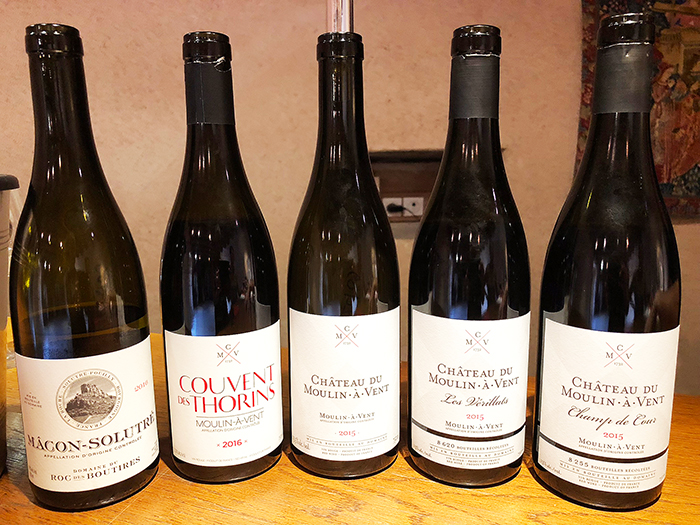
Quaffable Beaujolais and Beaujolais Villages AOC wines come mainly from the south end where the valley is wide and the soil is clay based, but crossing north of the Nizerand River where the soil composition is granite and schist is where the magic really happens. There are ten designated Cru Beaujolais, each consisting of different terroir – including soil type, climate, elevation and aspect – that allow their distinct personalities to shine through.
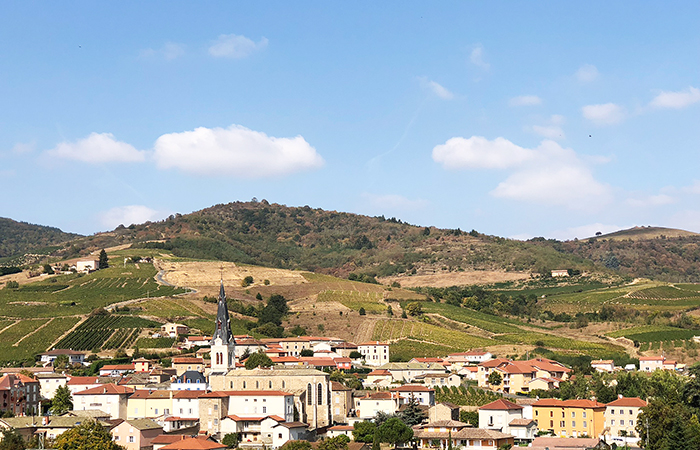
Touring the region by car and getting off the beaten path is an undiscovered and scenic adventure. A sharp ridge, “la combe des cretes”, runs north to south at the west border of the region, providing panoramic views of many beautiful medieval villages, such as Oingt and Ternand. Following the wine route is a maze of narrow winding roads through small parcels of land separated by rock walls, lingering evidence of the Roman era method of land ownership demarcation. Here there are no swarms of tourists or big tasting rooms from famous producers, just farmers passionate about their craft.
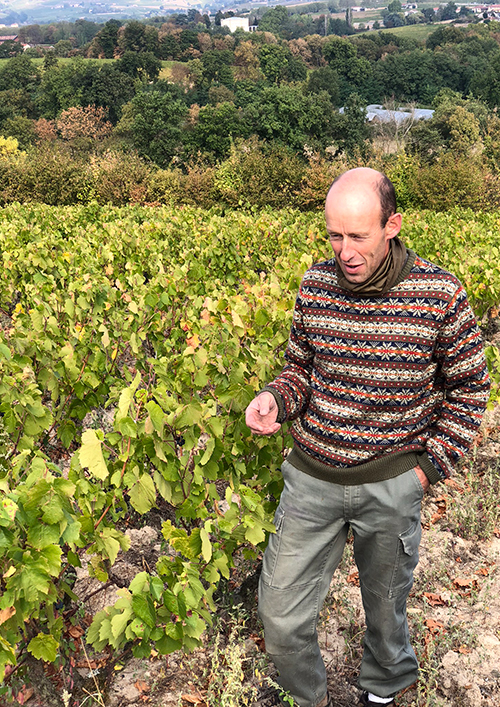
Starting from the south, the first and largest Cru is Brouilly. It gets the name “crowd pleaser” as wines here are generally jammy, fruity and ready to drink. Mont Brouilly is a volcano, and a specific site on its slope is Cote de Brouilly, designated “the older brother” as it watches over from its vantage point and tends to be a little more refined and reserved than wines produced just below.
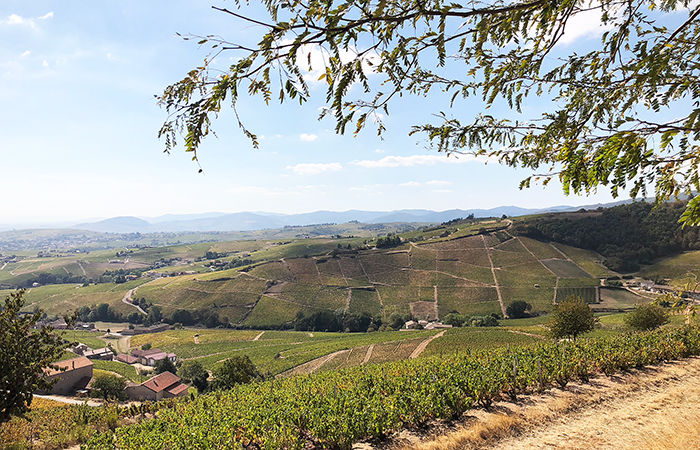
Traveling north, the hills close in, making the regions smaller and more diverse plus the roads more challenging to navigate. Regnie is literally “the new kid on the block”, being the most recent Cru and attracting innovative winemakers using more organic and natural methods, while Morgon is”the bold scholar” where established producers of serious, earthy wines can be found. The road reaches “the gateway” in Chiroubles, where the high elevation gives way to the queen of Beaujolais, Fleurie, or “the pretty one”, full of fruity and floral notes.
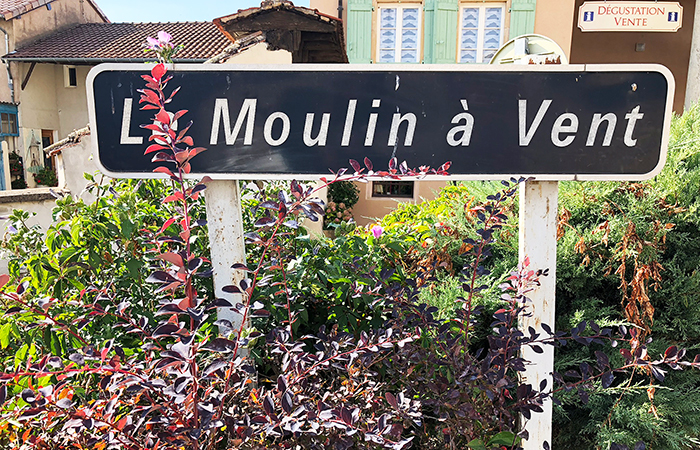
If there is a queen, there must be a king, and Moulin-à-Vent is the Cru that rules with big bodied tannic wines worthy of aging. Continuing north past tiny “playing hard to get” Chenas and “strong rooted” Julienas named after Julius Caesar, from whom the vineyards date, the road ends in Saint Amour, called “eye for romance” but acting more as a fickle lover with styles shifting between light and playful or more serious, perhaps influenced by its border with famous Burgundy.
It’s not easy to find Cru wine on Canadian shelves, but it is certainly worth seeking out or plan a trip to Discover Beaujolais and meet the characters personally.
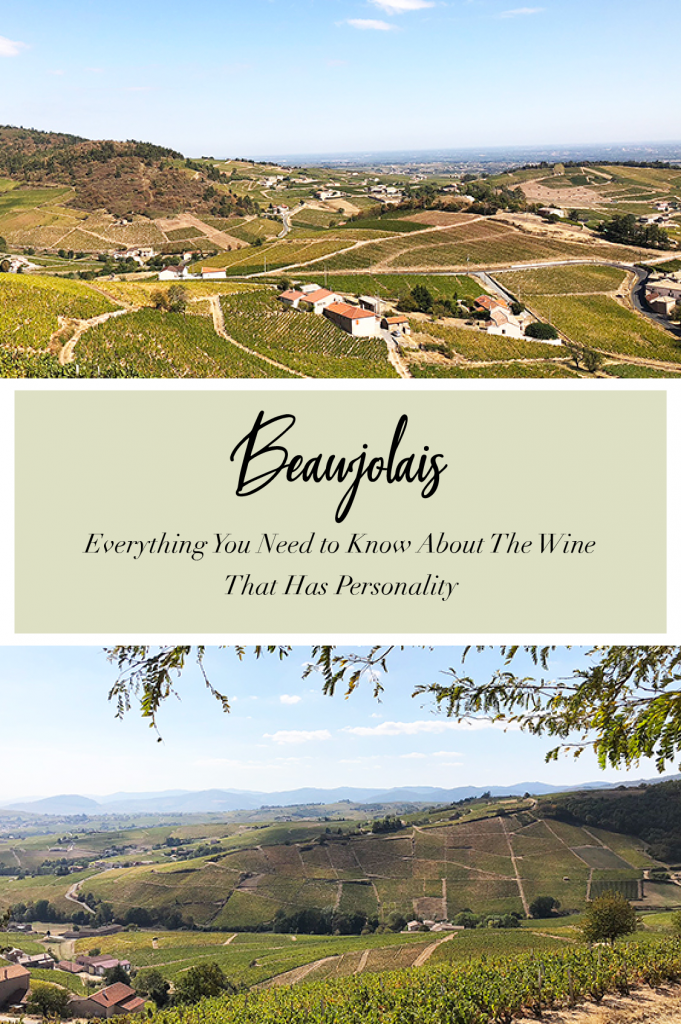
More From Travel & Style
Get to Know The Pretty Side of Portland
Gastronomic Pilgrimage: Feasting in Portland
Where to Find The Best Coffee in The World

